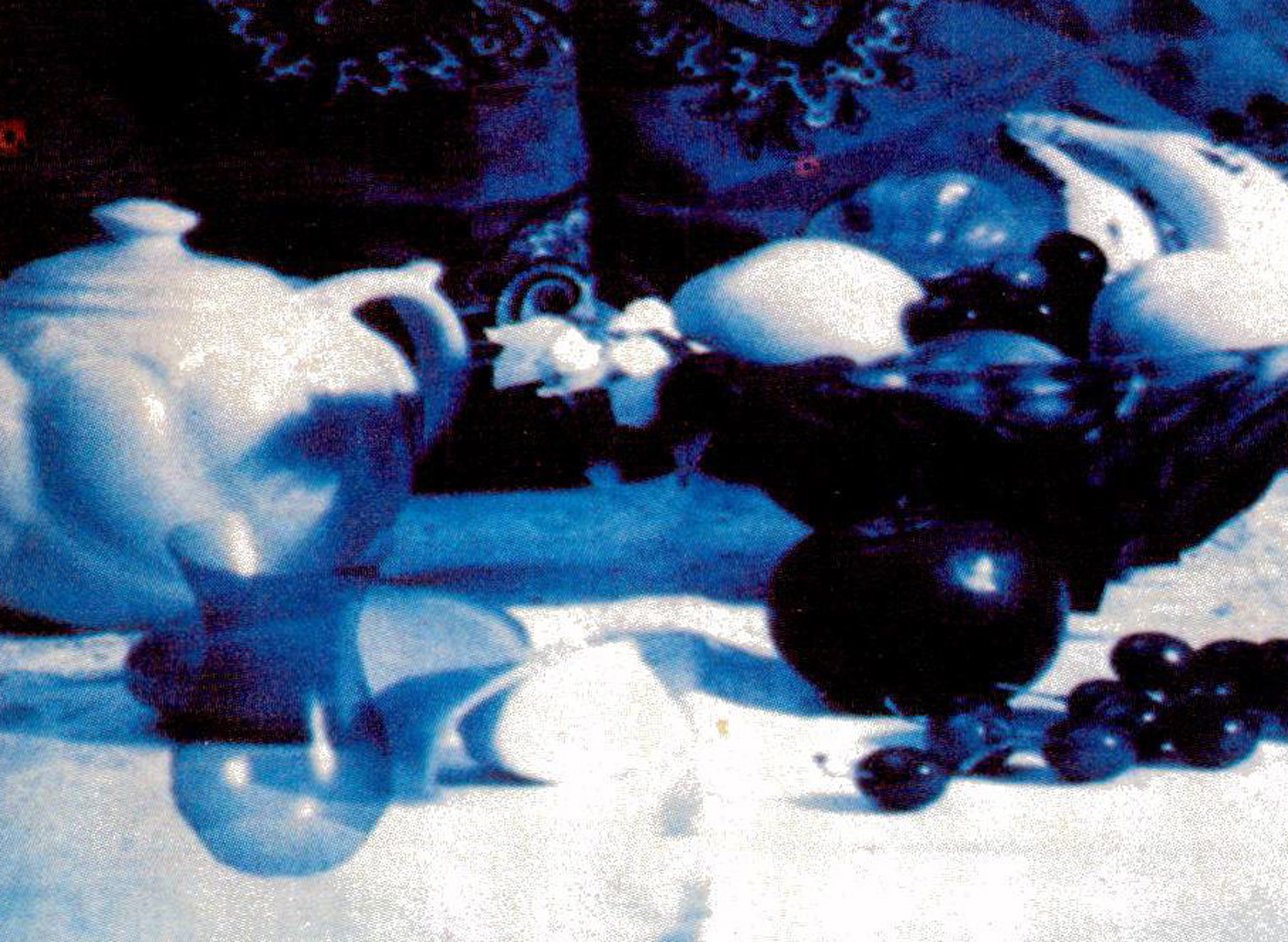“Transparency for computer synthesized images” by Kay and Greenberg
Conference:
Type(s):
Title:
- Transparency for computer synthesized images
Presenter(s)/Author(s):
Abstract:
Simple transparency algorithms which assume a linear transparency over an entire surface are the type most often employed to produce computer synthesized images of transparent objects with curved surfaces. Although most of the images created with these algorithms do give the impression of transparency, they usually do not look realistic. One of the most serious problems is that the intensity of the light that is transmitted through the objects is generally not proportional to the amount of material through which it must pass. Another problem is that the image seen behind the objects is not distorted as would naturally occur when the light is refracted as it passes through a material of different density. Use of a non-linear transparency algorithm can provide a great improvement in the realism of an image at a small additional cost. Making the transparency proportional to the normal to the surface causes it to decrease towards the edges of the surface where the path of the light through the object is longer. The exact simulation of refraction, however, requires that each sight ray be individually traced from the observer, through the picture plane and through each transparent object until an opaque surface is intersected. Since the direction of the ray would change as each material of differing optical density was entered, the hidden surface calculations required would be very time consuming. However, if a few assumptions are made about the geometry of each object and about the conditions under which they are viewed, a much simplier algorithm can be used to approximate the refractive effect. This method proceeds in a back to front order, mapping the current background image onto the next surface, until all surfaces have been considered.
References:
1. Atherton, Peter, Weiler, Kevin and Greenberg, Donald Polygon shadow generation. Proc. SIGGRAPH (1978), 275-281
2. Blinn, James F. Models of light reflection for computer synthesized pictures. Proc. SIGGRAPH (1977), 192-198
3. Blinn, James F. A scan line algorithm for displaying parametrically defined surfaces. Proc. SIGGRAPH (1978)
4. Blinn, James F. and Newell, Martin E. Texture and reflection in computer generated images. Comm. ACM 19, 10 (Oct. 1976), 542-547
5. Catmull, E. A. Computer display of curved surfaces. Proc. Conf. on Computer Graphics IEEE Cat. No. 75 CH 0981-1c (May 1975), 11-17
6. Crow, Franklin C. Shaded computer graphics in the entertainment industry. Computer Magazine (March 1978), 10-22
7. Crow, Franklin C. Shadow algorithms for computer graphics. Proc. SIGGRAPH (1977), 242-248
8. Gouraud, Henri Computer Display of Curved Surfaces. Thesis, Univ. of Utah (June 1979)
9. Kay, Douglas Scott Transparency, Refraction and Ray Tracing for Computer Synthesized Images. Thesis, Cornell Univ., Ithaca, N.Y. (January 1979)
10. Newell, M.E., Newell, R.G., and Sancha, T.L. A new approach to the shaded picture problem. Proc. ACM (1973)
11. Whitted, Turner An improved illumination model for shaded display. Proc SIGGRAPH (1979)
12. Whitted, Turner A scan line algorithm for computer display of curved surfaces. Proc. SIGGRAPH (1978)
13. Wu, S.C. An interactive computer graphics approach to surface representation, Comm. ACM 20, 10 (Oct. 1977)




